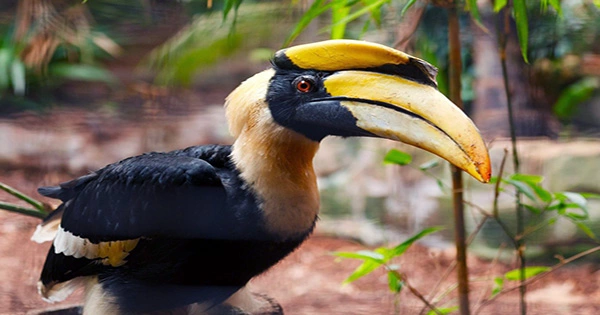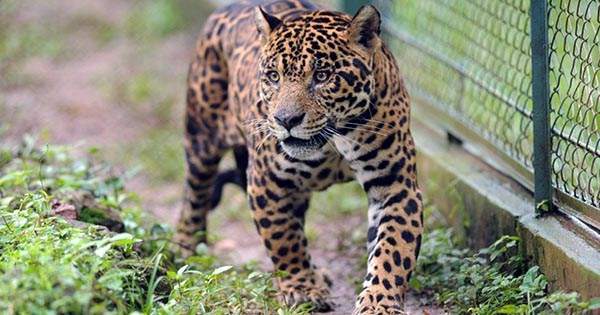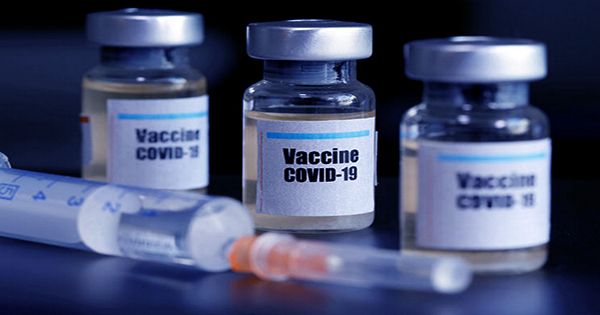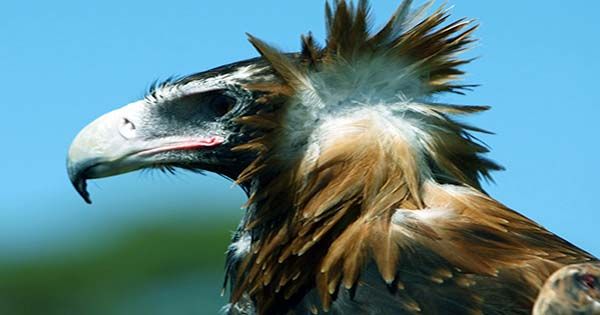3D printing technology has already been used to create hearts, body parts, and flesh, but it was recently used to save an endangered hornbill under the care of ZooTampa. Crescent, a great hornbill, had cancer in her bill, but due to surgery and a custom-printed prosthetic, she’s back on her feet. Crescent was diagnosed with squamous cell carcinoma, a kind of skin cancer. It’s a prevalent type of skin cancer in people, and it’s also a common cause of death in hornbills.
Crescent’s casque, a distinctive structure that perches on the bird’s head and serves as a resonating chamber for the bird’s sounds as well as signifying sexual maturity, was affected by the malignancy. Professor Summer Decker of the University of South Florida’s Morsani College of Medicine’s Department of Radiology, which oversees the 3D Clinical Applications lab, has offered assistance to Crescent’s casque. The staff here has previously offered its time to aid the inhabitants of the charity zoo by doing specialist imaging, and they came up with the notion that Crescent’s health may be improved with the use of 3D printing.
“What would we do if this was a human?” we wondered. Decker stated in an emailed statement to IFLScience. “So we started planning how to repair Crescent’s casque using the same technology we use on our human patients every day – 3D printing.” The USF team of researchers used Formlabs equipment to create a 3D-printed replacement for the sick piece of Crescent’s casque. Formlabs is a Massachusetts-based 3D printing technology established by Massachusetts Institute of Technology (MIT) Media Lab students.
They were also able to build cutting guidelines for Crescent’s unique tumor using 3D imaging and printing, making the tumor removal easier for the surgeons. Crescent’s sinuses would be exposed if the tumor was removed, so the USF team used the printers to manufacture a new, synthetic casque based on CT images. They chose BioMed White Resin, a unique material that would be robust enough without being too heavy.
Using dental acrylic, surgeons were able to glue the 3D-printed casque to Crescent’s beak. While the material’s initial coloring didn’t match Crescent’s appearance, it proved to be compatible with the preening oils secreted from glands above her tail, resulting in a prosthesis that was the same color as the rest of her casque after a little self-pampering. Crescent is recuperating well following her operation, according to reports, and is eating, behaving, and – perhaps most amazingly – sounding precisely as she did before.
The IUCN Red List classifies great hornbills, commonly known as Indian hornbills (Buceros bicornis), as vulnerable. The natural population ranges from India to Indonesia, although it has been declining owing to habitat destruction from hunting, forestry, and urban expansion. “Formlabs’ 3D printers and BioMed materials are used to deliver precision healthcare,” said Gaurav Manchanda, director of medical market development at Formlabs. “Clinical literature has shown improved outcomes when patient-specific prosthetics, medical devices, and surgical guides have been used with human patients.”
“We’re happy that our technology was able to provide Crescent with these same benefits, as well as a unique, unexpected bonus that warmed everyone’s hearts.” On July 4, 2022, this item was updated to indicate that Crescent’s 3D-printed casque was designed and created by the 3D Clinical Applications at the University of South Florida Health Radiology in Tampa, Florida.















